Samsung S21 vs iPhone 12: the new Galaxy smartphone takes aim at Apple
The new Galaxy flagship takes on the latest Apple iPhone - but who wins in the Samsung S21 vs iPhone 12 shootout?

The Samsung Galaxy S21 is official, and it’s taking the iPhone 12 head-on with a similar price, a bigger screen and more cameras. Flagships in their own right, while neither phones lead the charge when it comes to camera tech, both sport premium features like OLED displays, metal and glass construction and standout styling.
These really are the go-to smartphones in their respective Android and iOS camp — not too expensive, but definitely not budget. With dependable cameras, iPhones and Samsung Galaxy S phones have impressed in the past, but how do they compare in 2021?
Samsung S21 vs iPhone 12: Design
Why you can trust Digital Camera World
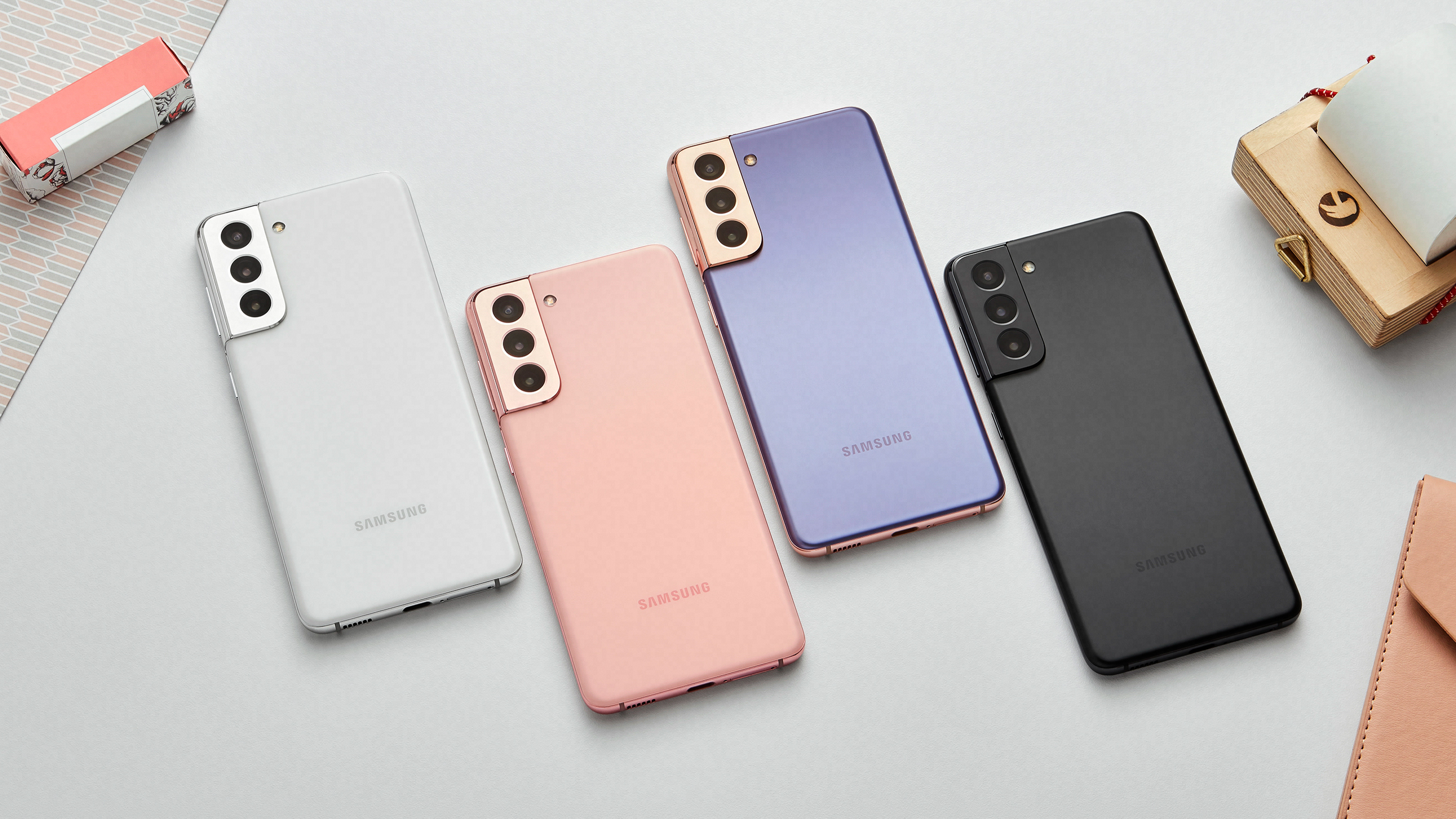
The Apple iPhone 12 and Samsung Galaxy S21 are both compact phones. While their larger counterparts (the Pros and Ultras) sport almost 7-inch displays, the iPhone 12 and Galaxy S21 screens measure 6.1 and 6.2-inch screens respectively.
Both the iPhone 12 and S21 are built from glass and metal, but Apple and Samsung do very different things with the materials. While the iPhone is all about flat, highly stylised lines, Samsung has opted for a much more curvaceous, fluid look and feel. Despite these difference, they both weigh roughly around 170g, sport Gorilla glass protection and clock in at under 8mm thin - with the iPhone being the slightly lighter, slightly thinner device.
The iPhone 12 also sports a different charging port at the base — a lightning connector by contrast to the USB-C connection on the S21. Both phones cram in stereo speakers, IP68 water and dust resistance, not to mention stylised camera bumps, with Samsung’s styling looking especially standout.
Samsung S21 vs iPhone 12: Display
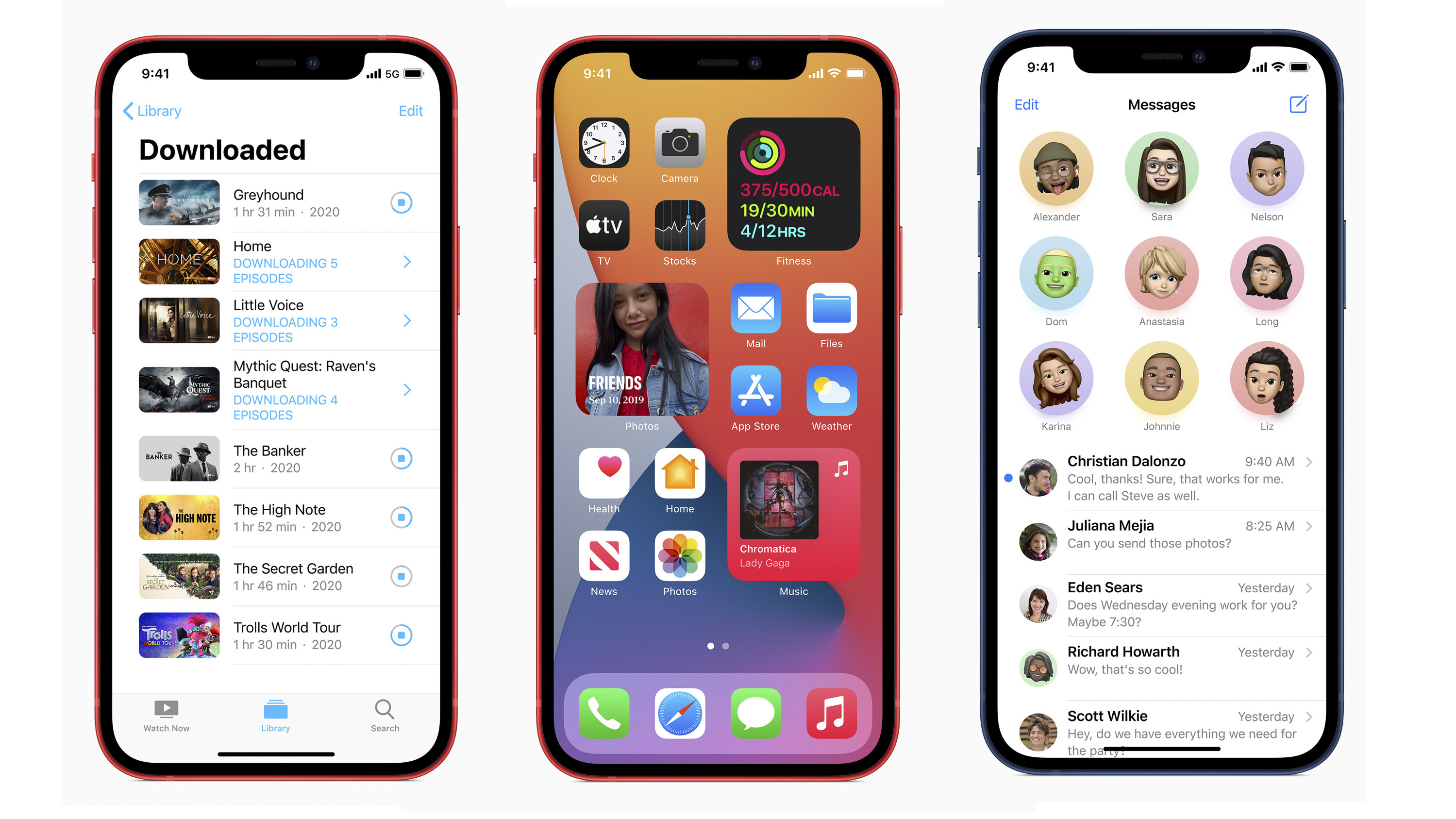
Both phones showcase amongst the best OLED technology available on smartphones today - so we’re off to a great start either way.
The S20’s display is more immersive on first impression owing to the fact it doesn’t sport a hefty notch, just a demure punch hole camera. However, Apple’s Super Retina XDR OLED competes head-on with Samsung’s Dynamic AMOLED 2X panel from a colour reproduction and pure image quality point of view.
While iPhones haven’t caught up with the 120Hz high refresh rate hype, which delivers floaty smooth UI interaction, Samsung’s been doing it for a year now, leaving the 60Hz iPhone in the dust on that front.
In a turn for the books, Samsung has dropped the resolution of its flagship Galaxy S21 when compared to last year’s S20, down from Wide QHD to Wide FHD. The result is a win for the iPhone when it comes to clarity, with a pixel density of 460 pixels per inch (PPI), versus a 421PPI display on the Galaxy S21. Despite this, both screens are sharp, and with HDR10 credentials (HDR10+ on the S21), and a peak brightness of over 1,000 nits, we doubt you’ll complain about either.
If you’re living in sunnier climes and struggle with screen visibility, the Galaxy S21 brightness does climb slightly higher (1300 nits versus the iPhone’s 1200). Its ever so slightly larger screen combined with smaller bezels may also give it the edge when it comes to comfortable viewing though, so if given the choice, we’d opt for the S21.
Samsung S21 vs iPhone 12: Operating system
Apple versus Samsung, iOS versus Android - the two go hand-in-hand, but what is the difference? For starters, there’s price. You get a bit more for your money with Android. There’s less need to buy into iCloud and other Apple-a-like services, you get more storage at a base capacity and there are more free apps available on Android than on iOS.
That said, if you’re sold into the Apple way of seeing things, Samsung, and indeed Android, in general, delivers a more fragmented experience, with multiple app stores (the Google Play Store and Samsung Galaxy Store), multiple pre-loaded web browsers and email clients, and an inconsistent experience if you’re coming from another brand of Android phone.
In turn, UX purists will likely enjoy Apple’s ecosystem and interface that much more and Samsung’s, despite the fact you’ll likely spend more within it throughout the life cycle of your smartphone.
Samsung S21 vs iPhone 12: Cameras
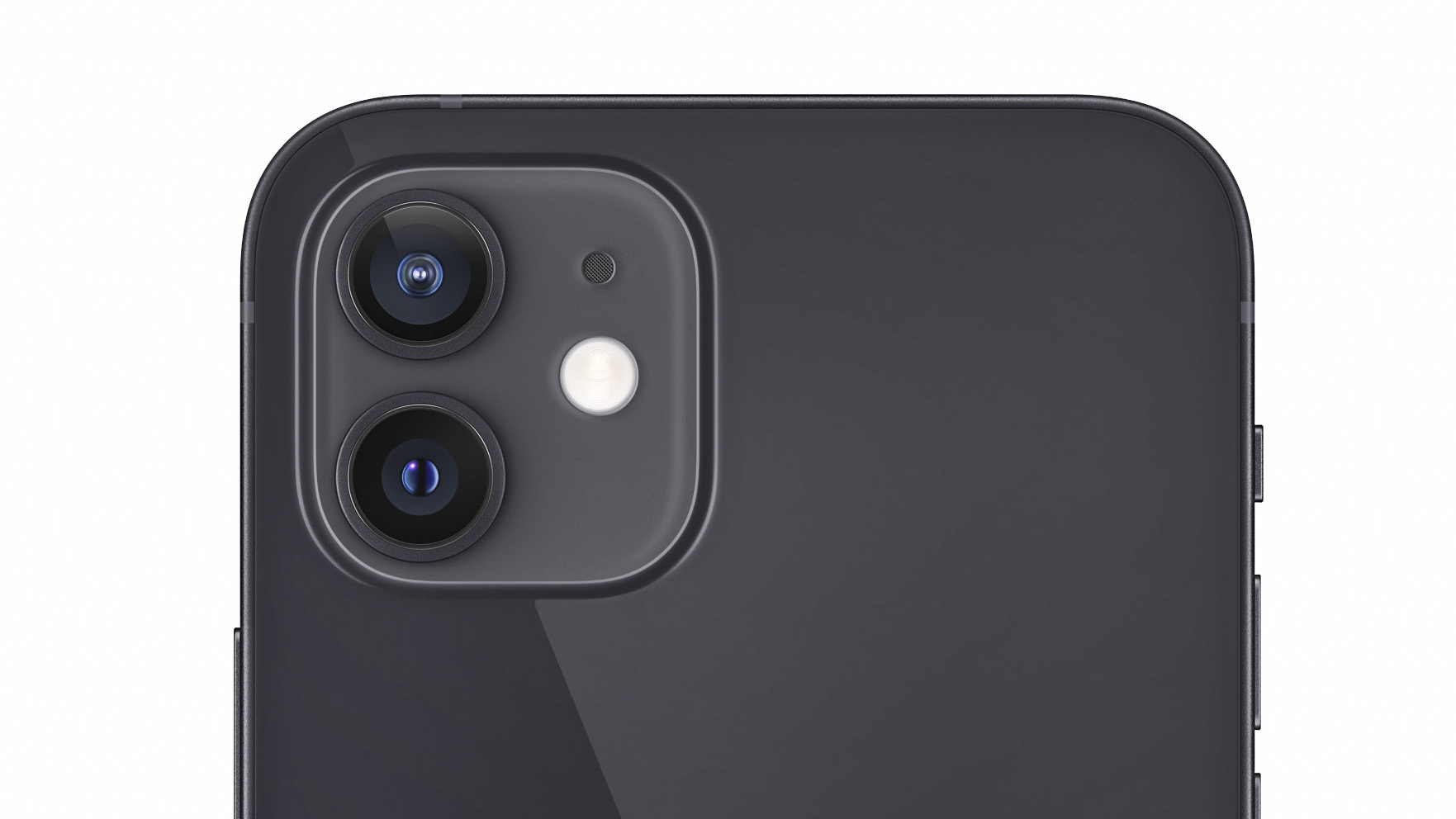
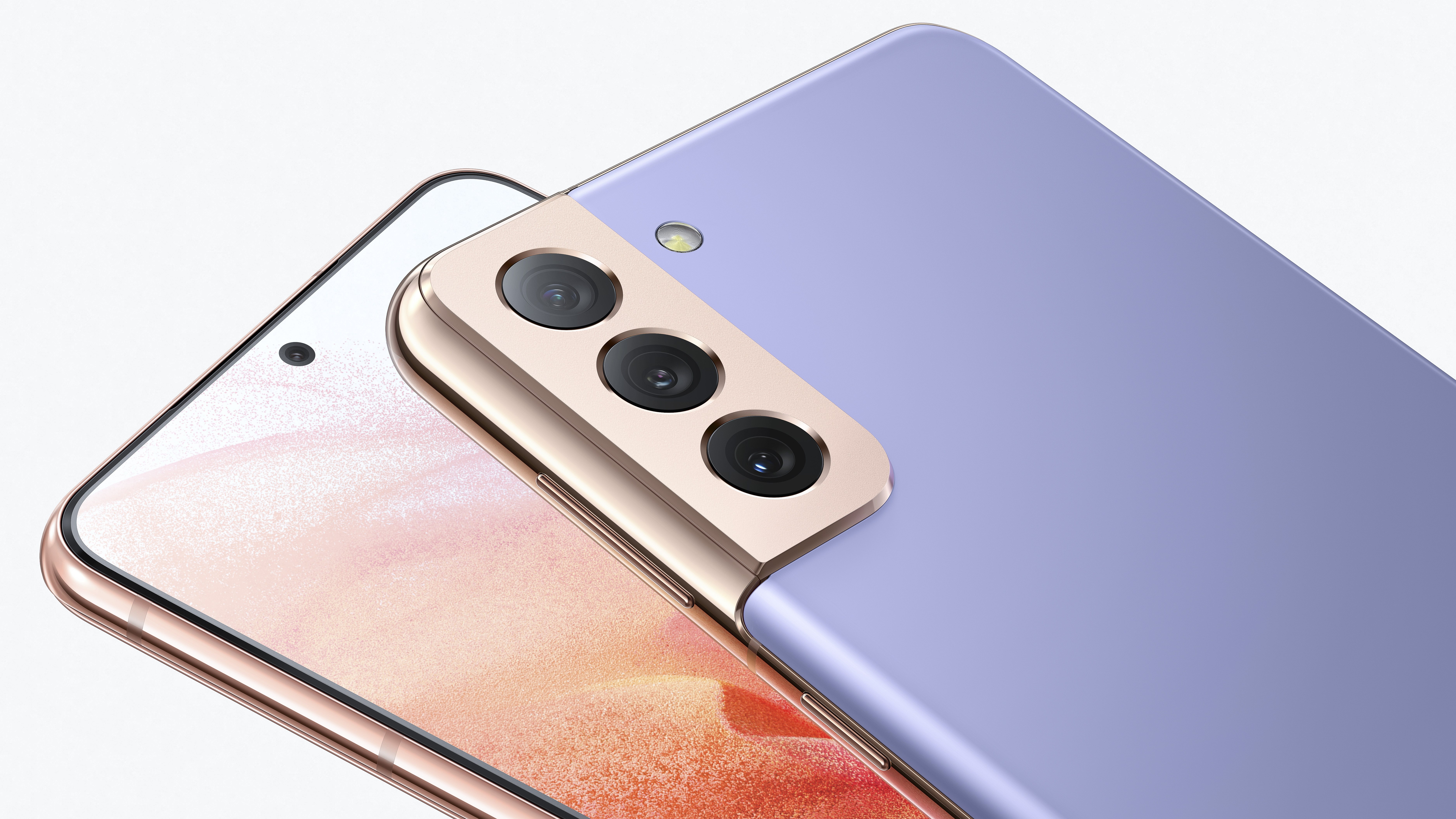
While the iPhone 12 sports a dual 12MP camera system on the back consisting of a primary and ultrawide setup, Samsung’s Galaxy S21 features a 12MP main camera, a 12MP ultrawide and a 64MP ‘telephoto’ camera. You’ll notice the inverted commas there - that’s because the zoom is digital rather than optical on the S21 and its bigger brother, the S21 Plus.
With matching resolutions across primary modules, looking at specs alone, Apple wins the day when it comes to aperture, delivering an f/1.6 lens versus Samsung’s f/1.8 lens, while Samsung edges ahead with pixel size — 1.8µm versus 1.4µm.
As for the ultrawides, Samsung triumphs here. While both phones include 13mm equivalent lenses, the S21 combines its lens with a wider aperture and a larger sensor, making Samsung’s the ultrawide champ on paper.
Out of the box, Samsung also offers more shooting modes, including manual photography and video capture. That isn’t to say the features aren’t available for iOS users, however, they will require an app download, likely at a cost.
With OIS across the primary sensors of Apple’s iPhone 12 and Samsung’s Galaxy S21, it’s also worth noting that the hybrid telephoto module on the S21 also features OIS, packs an f/2 lens and is capable of capturing 8K video, compared the maximum 4K capture on the iPhone 12.
Samsung S21 vs iPhone 12: Additional specs
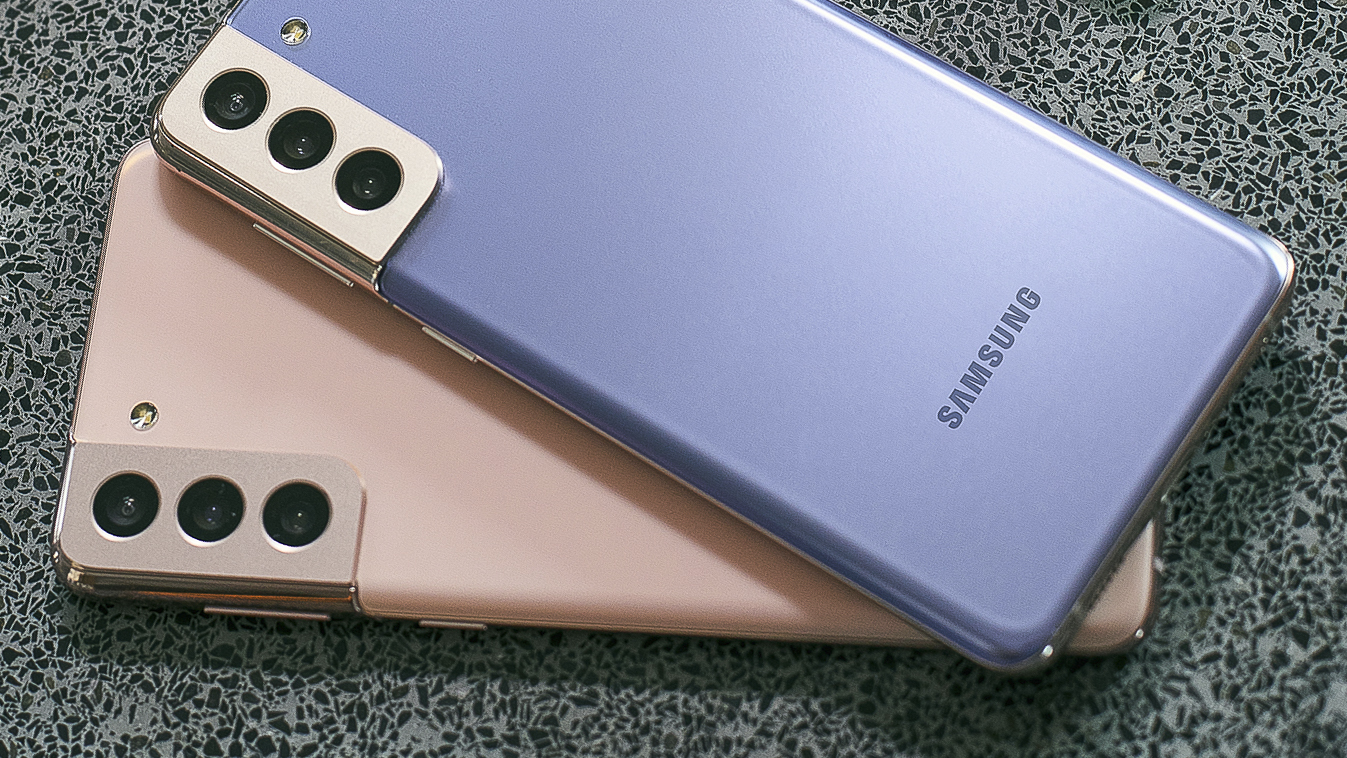
When it comes to storage, the Galaxy S21 is the clear winner. Its starting capacity is 128GB, double that of the iPhone, and both climb up to 256GB. The Galaxy S21 also ships with double the RAM — 8GB versus 4GB, however, Apple’s A14 Bionic chipset is widely regarded as the pinnacle of processing power, so the iPhone will definitely keep up across games and other demanding tasks.
The chipset inside the Galaxy S21 is a slightly more complicated story. In North America the phone will ship with a Qualcomm Snapdragon 888, while in other regions, Samsung’s Exynos 2100 will power things along.
Biometric security is also handled very differently across Apple and Samsung flagships. While the iPhone 12 sticks with Face ID, Samsung’s S21 has an under-display fingerprint scanner, just like the S20 before it.
The S21 also has a larger battery, 4000 mAh versus 2815mAh on the iPhone 12. Both phones support fast charging, wireless charging, and the Galaxy S21 also offers up reverse wireless charging, so can power up your buds or indeed, an iPhone 12.
Samsung S21 vs iPhone 12: Verdict
With both the iPhone 12 and Galaxy S21 costing roughly the same amount of money, perhaps more than ever, Apple and Samsung seem to be competing head-on for your cash. And while neither is going to be the best camera phone of 2021 (given the fact Apple’s iPhone 12 Pro and Samsung’s Galaxy S21 Ultra sport significantly more specced out snappers) they should both be on your shortlist if you’re after a reliable Android or iOS experience.
Read more:
• Best camera phone
• Best budget camera phones
• Best iPhone for photography
• Best burner phone
• Best 5G phone
• Best phablets
• Best flip phones
• Best phablets
Get the Digital Camera World Newsletter
The best camera deals, reviews, product advice, and unmissable photography news, direct to your inbox!
Basil Kronfli is a freelance technology journalist, consultant, and content creator. He trained in graphic design and started his career at Canon Europe before moving into journalism. Basil is also experienced in video production, independently running the YouTube channel TechEdit, and during his time at Future, he worked alongside the Digital Camera World team as a senior video producer.

